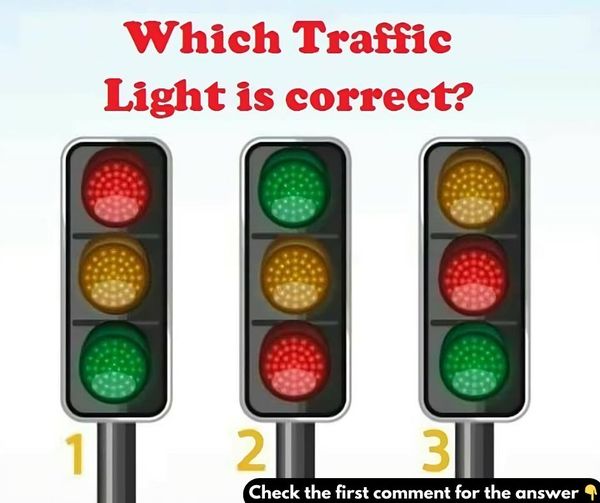The Hidden Meaning of Traffic Lights: Understanding Red, Yellow, and Green
Traffic lights are an essential part of road safety that we encounter every day, but how often do we stop to think about what each color really means? Beyond the simple “stop,” “slow down,” and “go,” there’s more to these signals than meets the eye. In this article, we’ll explore the true purpose behind each traffic light color—red, yellow, and green—and how they work together to keep our roads safe.

The Purpose of Traffic Lights
Traffic lights exist to control the flow of vehicles and pedestrians at intersections, reducing the chances of accidents and confusion. By guiding traffic in an organized manner, they ensure a smooth and safe experience for everyone on the road. These lights provide a clear system of right-of-way, allowing people to move in an orderly fashion, whether they’re in cars, on bikes, or on foot.
Now, let’s break down the meaning of each light.
Red Light: The Command to Stop
The red light is the most recognizable of all traffic signals. It commands drivers, cyclists, and pedestrians to stop immediately. Red has long been associated with danger and caution, making it the perfect color for this signal.
In the world of traffic, the red light is placed at intersections to protect us by stopping all movement in one direction, allowing others to pass safely. Running a red light is not only illegal but also extremely dangerous, as it increases the risk of accidents, fines, and even injury.
Key Points About the Red Light:
- Requires a complete stop from drivers and pedestrians.
- Usually lasts the longest to allow cross-traffic to move safely.
- Running a red light is a serious traffic violation.
Yellow Light: The Warning to Slow Down
The yellow light serves as a transition between red and green. It warns drivers that the light is about to turn red, signaling them to slow down and prepare to stop. However, this light often causes confusion—some drivers speed up to avoid the red light, while others stop abruptly.
The purpose of the yellow light is to provide a short pause, allowing cars already in the intersection to clear the area while alerting others to prepare for a stop. Its duration may vary depending on the speed limit and design of the intersection.
Key Points About the Yellow Light:
- Alerts drivers that the light is about to turn red.
- Signals drivers to slow down, not speed up.
- Helps clear the intersection before the red light appears.
Green Light: The Signal to Go
The green light is the signal everyone waits for—it means go! However, it’s important to remember that a green light doesn’t guarantee safety. Before proceeding, drivers should always check for hazards, like red-light runners or pedestrians still crossing.
In some cases, green lights come with arrows that allow specific turns, like left or right, without interference from oncoming traffic. These arrows help make turns safer at busy intersections.
Key Points About the Green Light:
- Signals that it’s safe to proceed.
- Drivers should still check for hazards before moving.
- Green arrows guide turns safely.
Working Together for Road Safety
Traffic lights may seem simple, but they play a critical role in maintaining safety on the road. Red, yellow, and green lights work in harmony to control traffic flow and prevent accidents. Understanding the purpose behind each signal helps drivers make better decisions and ensures that everyone stays safe. So whether you’re stopping at a red light, slowing down at yellow, or moving forward on green, knowing what each color stands for is essential to being a responsible driver.





